Search
Did you mean: Nero?
Search Results
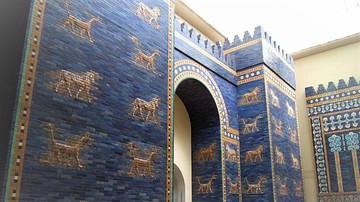
Image Gallery
A Gallery of Ancient Walls from Around the World
Walls in the ancient world were built around cities or territories for defense but also served many other purposes, such as enclosing temples, surrounding palaces, enclosing tombs, providing people with homes, and encircling sports venues...
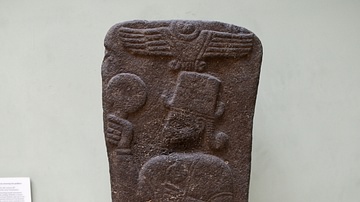
Image
Hittite Basalt Stela Showing Goddess Kubaba
The upper part is a freestanding basalt monument depicting the goddess Kubaba, consort of the storm god Teshub, and one of the most important deities at Carchemish. She holds a mirror and pomegranate, symbols of magic and fertility. Neo-Hittite...

Video
Lamassu from the citadel of Sargon II
Lamassu (winged human-headed bulls possibly lamassu or shedu) from the citadel of Sargon II, Dur Sharrukin (now Khorsabad, Iraq), Neo-Assyrian, c. 720-705 B.C.E., gypseous alabaster, 4.20 x 4.36 x 0.97 m, excavated by P.-E. Botta 1843-44...

Article
Third Gender Figures in the Ancient Near East
In the ancient Near East, there was a social standard by which men were ideally expected to behave. In the 21st century CE, expectations still exist, albeit in different forms. Normative masculinity through ancient Mesopotamia typically concerned...
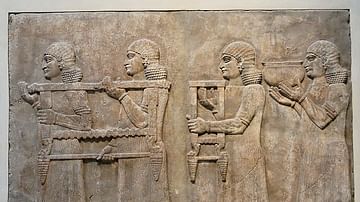
Article
Assyrian reliefs
Mostly dating from the period 880-612 BCE, these carved scenes are found on free-standing stelae and as panels cut on cliffs and rocks at distant places reached by the Assyrian kings during their campaigns. The most spectacular use of stone...
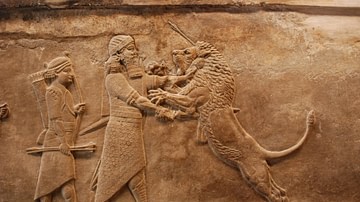
Image
Assyrian Lion Hunt Relief
Frieze depicting a lion hunt, from the royal palace of Ashurbanipal, Nineveh, modern-day Iraq. Neo-Assyrian Empire, 668-631 BCE. The king's role was to protect his people from enemies. In ancient Assyria, this was symbolized in the lion...
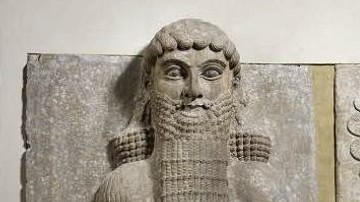
Image
Hero Overpowering a Lion
The Hero Overpowering a Lion, gypseous alabaster high relief with traces of paint from Khorsabad (Dur Sharrukin), facade N of the throne room of the palace of Sargon II, Assyria (Iraq). Neo-Assyrian Empire, reign of Sargon II, 721-705 BCE...

Image
Law Code of King Ur-Nammu
This law code is considered the oldest known law code surviving today. Many terracotta tablets of this law code have been excavated at several archaeological sites in Mesopotamia. This tablet was found at Nippur (modern Nuffar, Al-Qadisiyah...
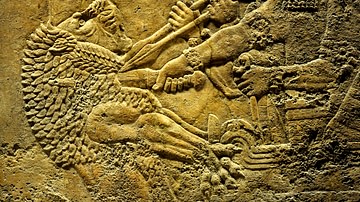
Image
Lion-Hunting Scene, King Ashurbanipal
Sculpted relief illustrating the sporting exploits of the last great Assyrian king, Ashurbanipal, North Palace, room C, panel 20-22, Nineveh, modern-day northern Iraq. Neo-Assyrian Empire, reign of King Ashurbanipal, 668-631 BCE. In ancient...
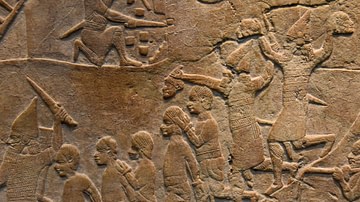
Image
Assyrian Soldiers Holding Decapitated Heads of Nubian Soldiers
Detail of a large gypsum wall panel, depicting the Assyrian attack on a fortress at the Egyptian city of Memphis in 667 BCE, Panel 17, Room M of the North Palace at Nineveh, Northern Mesopotamia, modern-day Iraq, Neo-Assyrian Empire, 645-635...